Nestled between the lush rainforests of Borneo and the volcanic highlands of Java, Indonesia’s farmlands stretch like a patchwork quilt—vibrant green rice terraces, sprawling oil palm plantations, and orchards heavy with mangoes and durians. Yet beneath this fertility lies a quiet struggle: Smallholder farmers, who grow 90% of Indonesia’s food, battle labor shortages, unpredictable weather, and the sheer scale of managing fragmented plots. Enter an unlikely ally: agricultural drones crafted in China, now soaring over Indonesian fields to rewrite the rules of farming.
Indonesia’s Agricultural Crossroads: Challenges and Opportunities
Indonesia’s farming legacy is one of resilience. For centuries, smallholders have tilled the land, feeding a population of 270 million with rice, coconut, and cash crops. But today, the sector faces urgent hurdles:
– Labor Gaps: With 60% of Indonesians under 30, fewer young people are choosing farming. During peak seasons—planting rice or harvesting palm fruit—farmers often wait weeks for seasonal workers, risking crop losses.
– Resource Strain: Traditional methods waste up to 50% of water and fertilizers, degrading soil and inflating costs for farmers already grappling with thin margins.
– Terrain Complexity: From the steep slopes of Sumatra’s coffee farms to the dense mangrove-lined coasts of Papua, Indonesia’s farmlands are uniquely challenging. Narrow paths, dense vegetation, and wet, muddy fields make manual work grueling and machinery use nearly impossible.
These challenges aren’t just about efficiency—they’re about survival. For a farmer tending 5 acres of rice, missing a pest outbreak by days could mean losing half the harvest.
From Chinese Labs to Indonesian Soils: Drones Built for Local Realities
When Chinese drone engineers first set foot in Indonesia, they quickly realized: A one-size-fits-all approach wouldn’t work. Indonesian farms are as diverse as its 700+ languages. So, they adapted.
1. Tech Tailored to Indonesia’s Terrain
Our drones are built to *thrive* in chaos:
– Lightweight Agility: Weighing just 12 kg with a 15L payload, they navigate narrow rice paddy dikes, weave through oil palm groves, and hover above coconut trees—all without damaging crops. A farmer in West Java’s tea hills reported flying his drone through 30° slopes, a task traditional machinery can’t attempt.
– Rugged Reliability: From the humid tropics (where rust and corrosion are constant threats) to the salty coastal air of Sulawesi, our drones are tested to withstand monsoons, dust, and 40°C heat. In Kalimantan’s rainy season, a test flight sprayed 20 acres of chili fields—no crashes, no malfunctions.
– Crop-Specific Customization: Farmers can swap nozzles (finer sprays for delicate mango blossoms, wider for durable oil palms) or upload local topography maps. A coconut grower in Bali even added a “salt-tolerance mode” to protect his trees from brackish soil.
2. AI That Speaks Farmer, Not Code
Drones are only as good as the insights they deliver. Ours come with AI that translates raw data into *actionable* steps—no tech degree required.
– Health Diagnostics: Multispectral cameras capture light wavelengths invisible to humans, revealing hidden stress in plants (e.g., nitrogen deficiency in rice, early blight in potatoes). The AI then generates a “prescription map,” telling the drone exactly where to spray and how much. For a soybean farmer in Central Java, this meant cutting fungicide use by 35% while boosting yields by 12%.
– Yield Forecasts in Real Time: By analyzing growth rates, weather patterns, and historical data, the system predicts harvests weeks in advance. A durian grower in Sumatra used this to secure a premium price by selling surplus fruit before the market flooded.
– Cost Trackers, Not Surprises: Farmers see exactly how much pesticide, fertilizer, or water each flight uses. One user in Riau cut costs by 25% in a single season, reinvesting savings into drought-resistant seeds.
From Sky to Soil: Stories of Transformation
Technology matters only if it changes lives. Here’s how these drones are rewriting farming stories in Indonesia:
– Bapak Ahmad’s Rice Farm (West Java): For 30 years, Ahmad sprayed his 10-acre paddy by hand, wading through knee-deep water under the midday sun. “My back ached for days afterward,” he says. Now, his son operates our drone, zipping over the fields in 3 hours. Pesticide use has dropped by 40%, and Ahmad uses the savings to install solar-powered irrigation—cutting water use by another 30%. “I used to worry my son would leave for the city,” he grins. “Now he wants to take over the farm.”
– The Coconut Growers of Bali: In Bali’s lush highlands, coconut farmers faced a dual crisis: declining yields from aging trees and a shortage of workers to climb the tall palms. Our drones, equipped with orchard-specific flight modes, now spray organic fertilizers directly to the canopy—reaching heights no ladder can. This year, harvests are up 20%, and farmers like Ibu Lila, 58, finally sees a future for her teenage grandson in farming. “He loves flying the drone,” she says. “Who knows? Maybe he’ll innovate further.”
More Than Machines: Cultivating Partnerships
We believe drones are just tools—the real magic happens when farmers own the technology. That’s why we’ve invested in:
– Training Academies: Free workshops teach Indonesian farmers to pilot drones, read data maps, and perform basic repairs. Over 8,000 smallholders have graduated, turning them into “tech-savvy stewards” of their land. One graduate, a young farmer in East Java, now trains her neighbors—bridging the generational gap between elders and tech-native youth.
– Local Service Networks: In remote areas, we’ve partnered with Indonesian cooperatives to set up drone maintenance hubs. A village in North Sumatra now shares 2 drones, cutting individual costs by 60% and ensuring no field is left behind. “Now even the smallest plots get the same care as the big ones,” says cooperative leader Pak Rahman.
– Collaborative Innovation: We work with Indonesian agricultural universities to refine our tech—like developing heat-resistant drones for Lampung’s spice farms or flood-detection systems for Jambi’s rice fields. This partnership isn’t just about drones; it’s about building a shared knowledge base.
Flying Higher: The Next Chapter
As Indonesia aims to boost food self-sufficiency and reduce carbon emissions by 2030, our drones are evolving alongside its farmers’ needs. We’re testing:
– Swarm Technology: Fleets of drones working in sync to plant cover crops or monitor vast plantations, reducing labor needs by 90%. Imagine 10 drones descending on a 100-acre oil palm estate, each targeting a specific task—no overlap, no waste.
– AI-Powered Autonomy: Drones that learn from past flights, adjusting strategies in real time without human input. For example, slowing down over fragile rice seedlings or speeding up in windier zones.
– Sustainability at Core: New models powered by biofuels and recycled materials, ensuring our tech leaves as light a footprint as possible.
Closing: The Future Grows Above
In the end, this story is about more than drones. It’s about two nations—China and Indonesia—coming together to solve a shared challenge: How do we feed a growing population while honoring the dignity of those who grow our food?
Every time a drone ascends over an Indonesian field, it carries more than sensors and spray. It carries hope: For smallholders who’ve farmed for generations. For a planet strained by hunger and climate change. And for a future where technology empowers, rather than replaces, the hands that feed us.
As we watch our drones glide over a durian orchard in Sumatra, we see more than machines. We see progress—quiet, steady, and rooted in partnership. And we know: The best innovations are those that grow *with* the land, not against it.
THE END
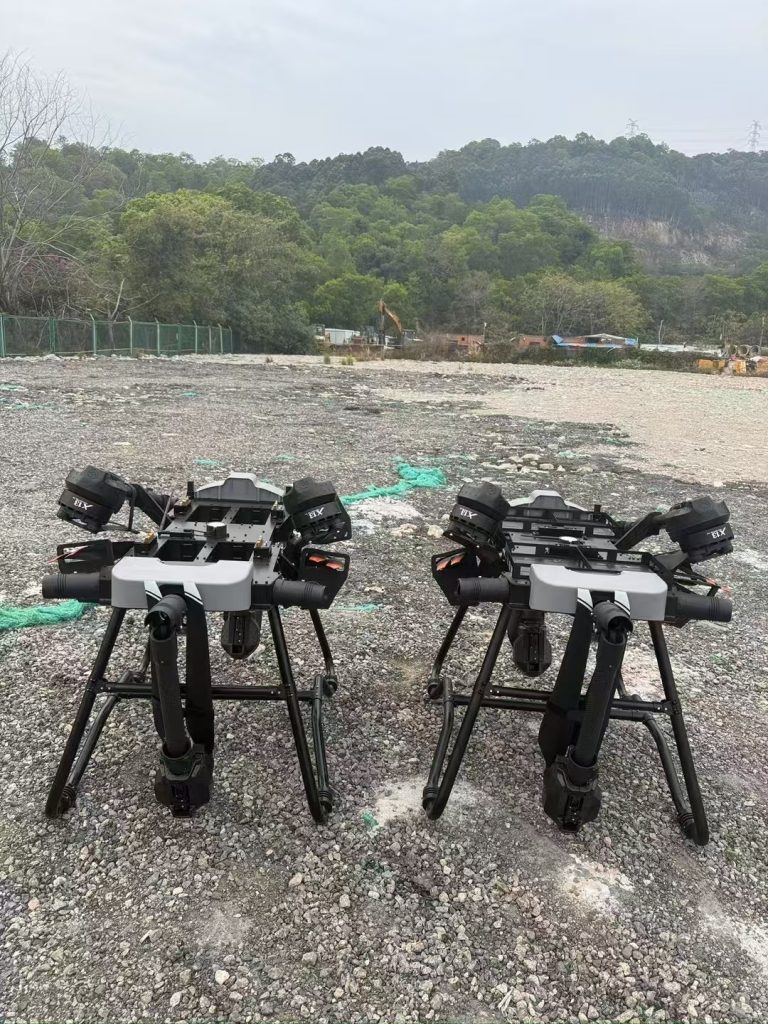


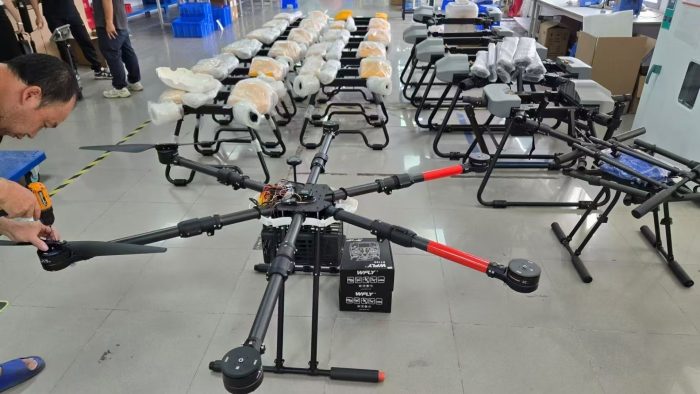

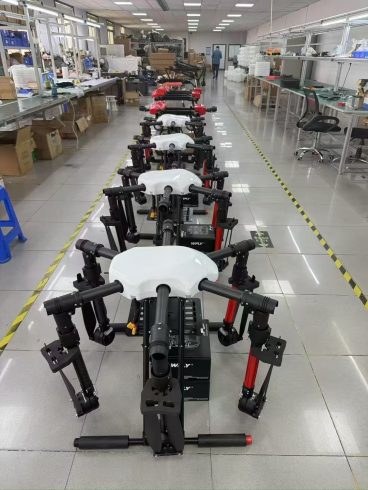
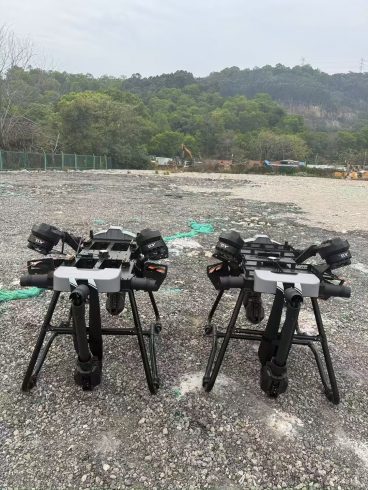
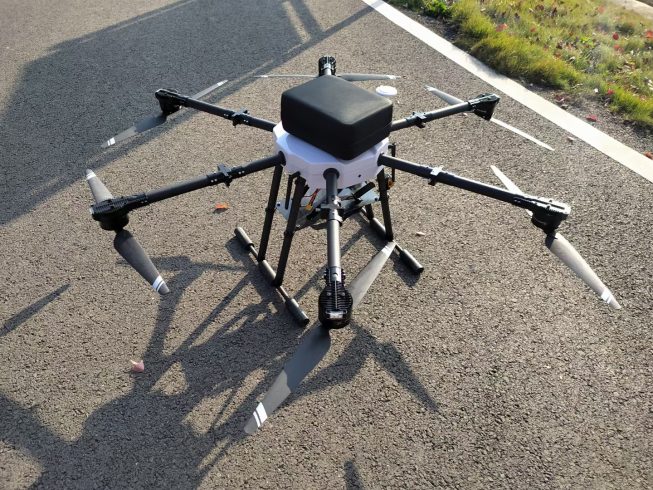
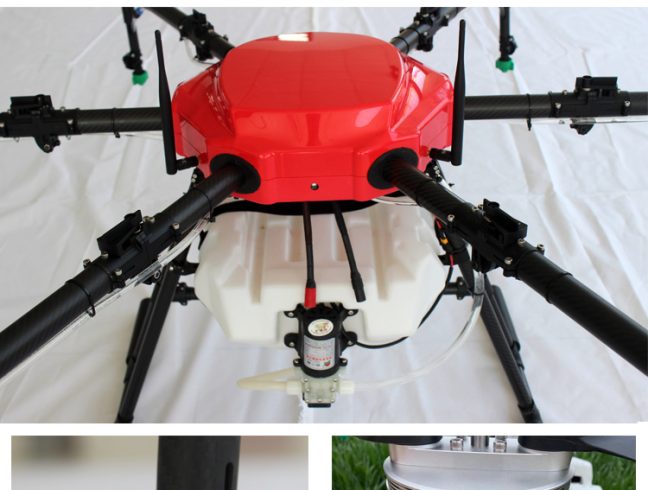

暂无评论内容